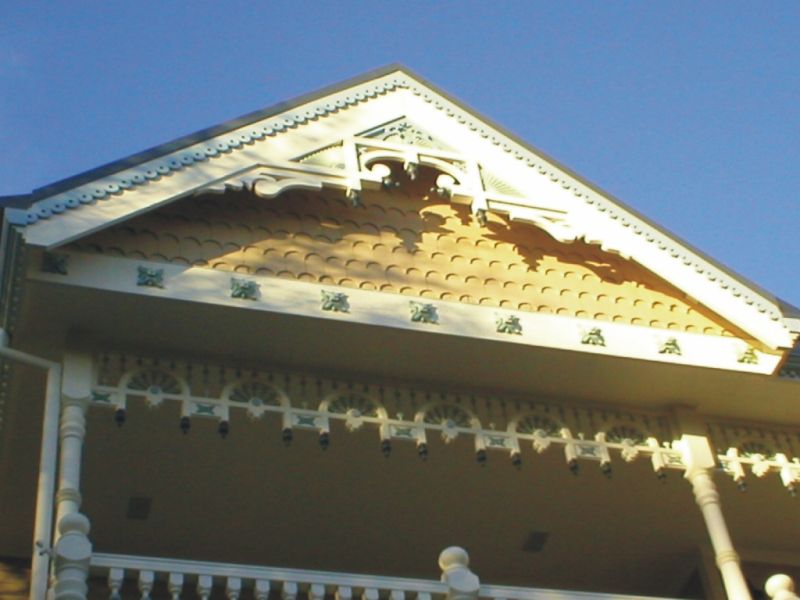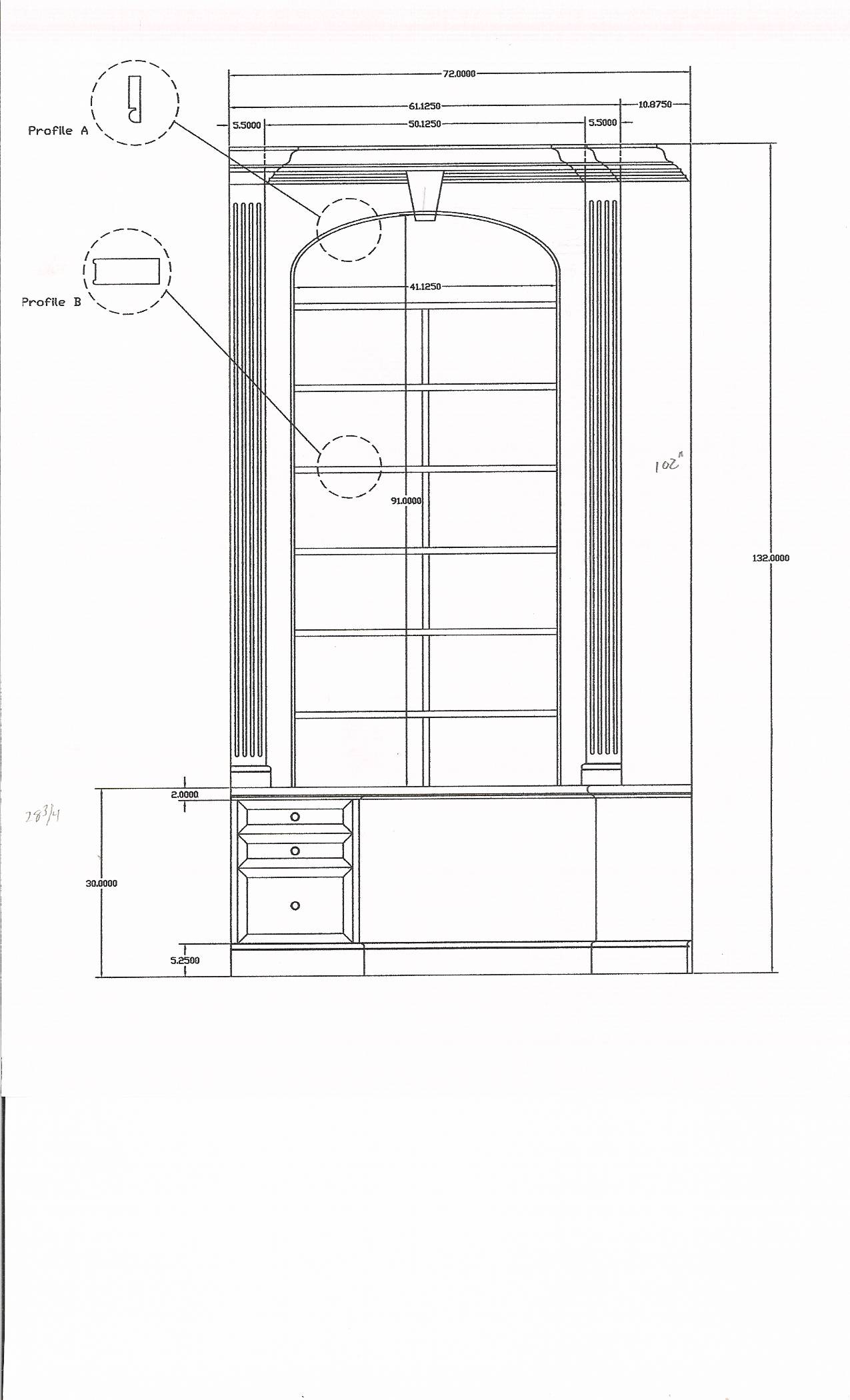Question
I have a customer that wants some Victorian style fret work redone on their house. I am wondering what would be the best material to use for this that would last. What they have now was either pine or poplar, and didn't last 5 years and was painted twice. I thought about either cedar or that waterproof MDF (Extira)? Has anyone used that before?
Forum Responses
(Architectural Woodworking Forum)
From contributor S:
I haven't used the Extira yet, but I am about to. I have 20 sheets on order to do some work on the outside of the house we are building. I had a sample that I stuck in a bucket of water for a couple weeks, and it didn't soak up any water, really. I think it should work fine. As far as cedar goes, I would go with yellow cedar - it's not quite as soft, and machines pretty well.
Azek is the expensive choice for material. Sherwin Williams has a new paint formulation especially for Azek (PVC - stinks like dog poo when you cut it). They are saying a 25 year warranty would be a great selling point. How will you be cutting it?

Medium Density Fiberboard - MDF is wood dust and urea formaldehyde glue mixed and spread into a mat about 12" thick, pressed in between two heated plates to cure the glue. If exposed to water, this glue and the structure of MDF will deteriorate.
Moisture Restistant Medium Density Fiberboard - MRMDF (one product name is Medex). Wood dust and exterior grade of glue, original formula rated it exterior. Made the same way as MDF. The heated platens stay in contact with the material longer and that is why you will notice the hard outer shell. Failure in the field and formulation changes make it no longer rated exterior. It will hold up to moisture exposure a lot better than MDF.
Extira. You could call it an MDF as most people do. The problem with that is the non-exterior properties associated with that name. The mat is all hardwood chips\dust\fiber. The binder (glue) is phenolic resin. Zinc borate is added, and wee-beasties don't eat it. When the mat is pressed it is done with the sides contained to keep it from smushing out. Steam is injected into the mat at the time of press and this sets the resin. Phenolic resin will not break down in water. As with any product containing wood, you cannot have it in direct contact with the ground or water.

The glue used in MRMDF is not a type 1 waterproof glue - the only type of glue that should be used in gingerbread, cupolas exposed to the weather, boats, etc. Moisture resistant is a worthless term. Just because you can doesn't mean you should. Experience and close study (not marketing materials) will tell you that there is no substitute for the real thing. "Wood products" that can't be in contact with ground or water, can't be outside.
As to the original poster's request: Make a nice 5 ply plywood in your shop out of Spanish cedar or equal. Use West System epoxy. Cut out your gingerbread as needed. The cross grain wood in the ply assembly will keep your parts together for a real long time. The real thing, improved.
I do hope you notice that I described 3 different materials. As your suggested test implies, there would be some dimension and weight change in Extira. I would agree with you. Would you be willing to do the same test with your Spanish ply at the same time? Also, would you recommend any trim on the exterior of a house be in direct contact with the ground or water?
These are not argumentative questions. All input with a positive attitude is appreciated in our shop, as we are professionals.
Sure, the Spanish cedar will gain dimension and weight in the same test. Yes, I've done the same test with a 5 ply sample of Honduras mahogany. The wood rotted after 14 years on a splashblock and ground contact, but the glue was still pretty good. Yes, a woodworker can examine closely, find water or ground contact, stand up and announce "Ah ha! Warranty void!" with a triumphant turn on the heels and an offer to replace, at full cost. But what does this serve? Far better to use our knowledge and resources to produce something better, something of lasting - increasing - value.
I'm a Neanderthal that tends to believe the original can be improved upon but rarely, if ever, replaced. So I find solutions that still satisfy the original intent - wood. Some historical commission work will also demand a replacement identical to the original. How about MRMDF deck knees in the Constitution instead of the live oak trunk/limb originals? Start down that path, and we'll have a plastic and sawdust boat leaking badly in no time. The fake stuff is fake stuff, no matter how you cut it.
Today, the craftspeople working in shops all over the world have an unprecedented array of species, adhesives, coatings, joinery, machinery, techniques, and technical evaluation tools at hand to help them earn their daily bread. It is a shame that all these resources go unused in favor of a bit of gee-whiz techno-babble that will be set aside for the next big thing, sooner rather than later.
